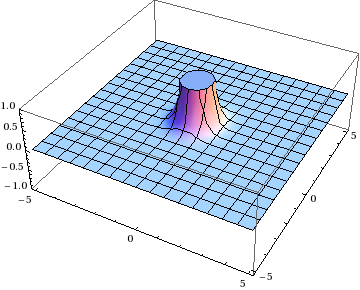Fun fact about prime numbers
Posted by David Zaslavsky onToday I learned from Reddit that the squares of all prime numbers greater than three are one more than a multiple of 24. It’s an easy enough fact to prove: first, all primes greater than 3 can be written \(6n \pm 1\), for some positive integer \(n\). The square of this number is
For all integers \(n\), either \(n\) or \(3\pm n\) is even, so \(12n(3\pm n)\) will be a multiple of 24, and the prime number squared is one more than that.
Okay, this isn’t a particularly practical fact (unless you consider number theory practical), but it’s kind of a cute proof.


